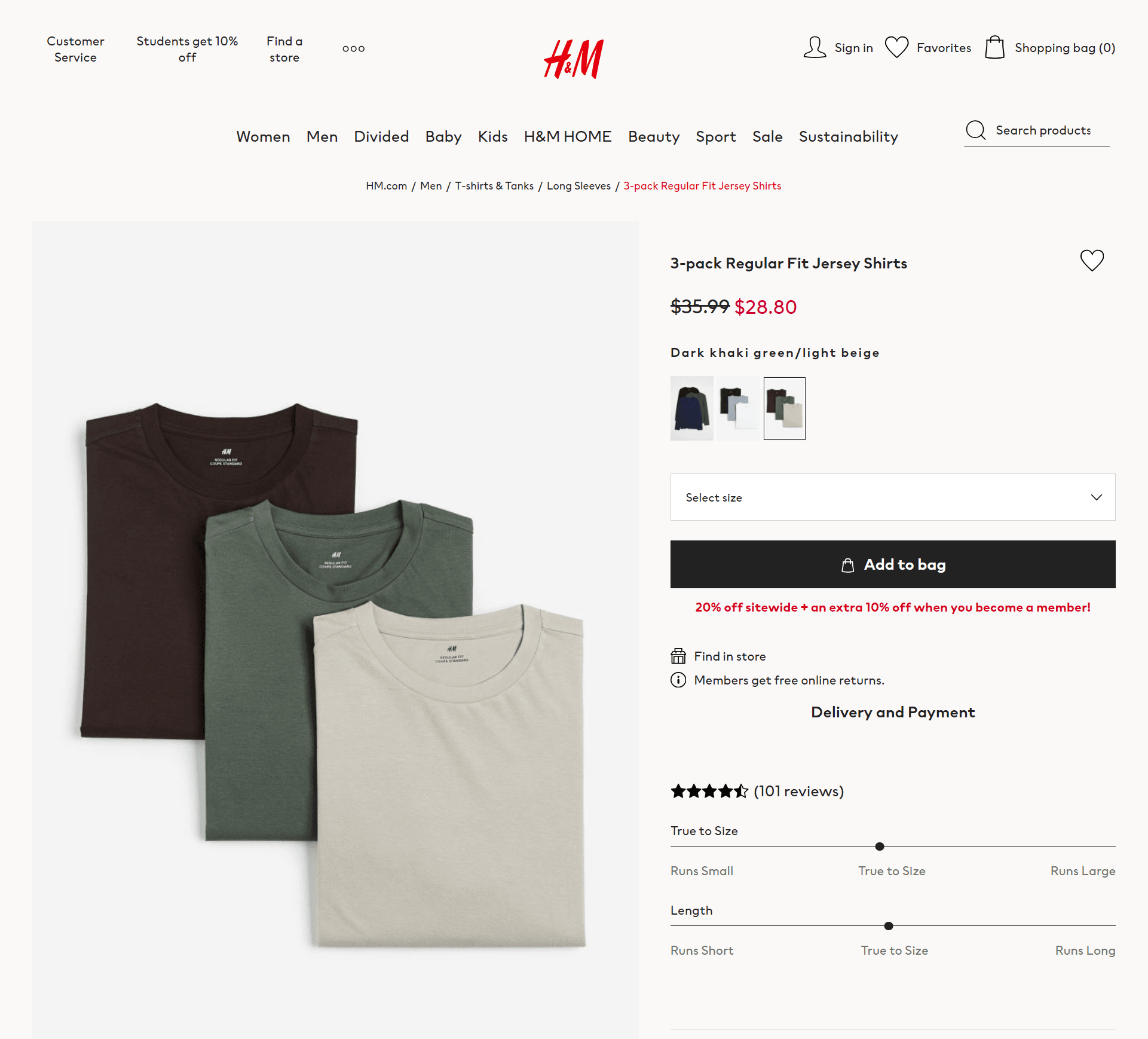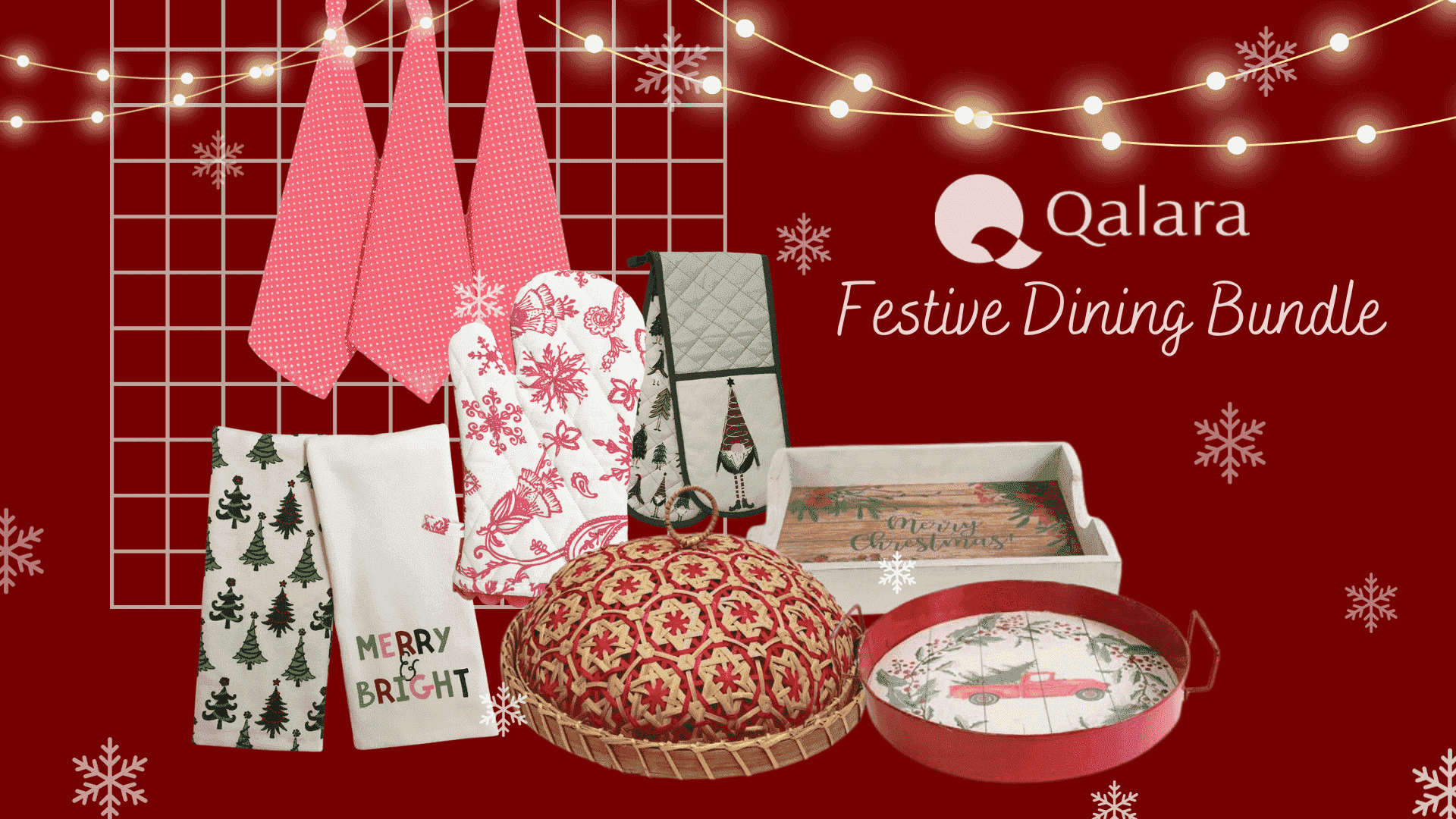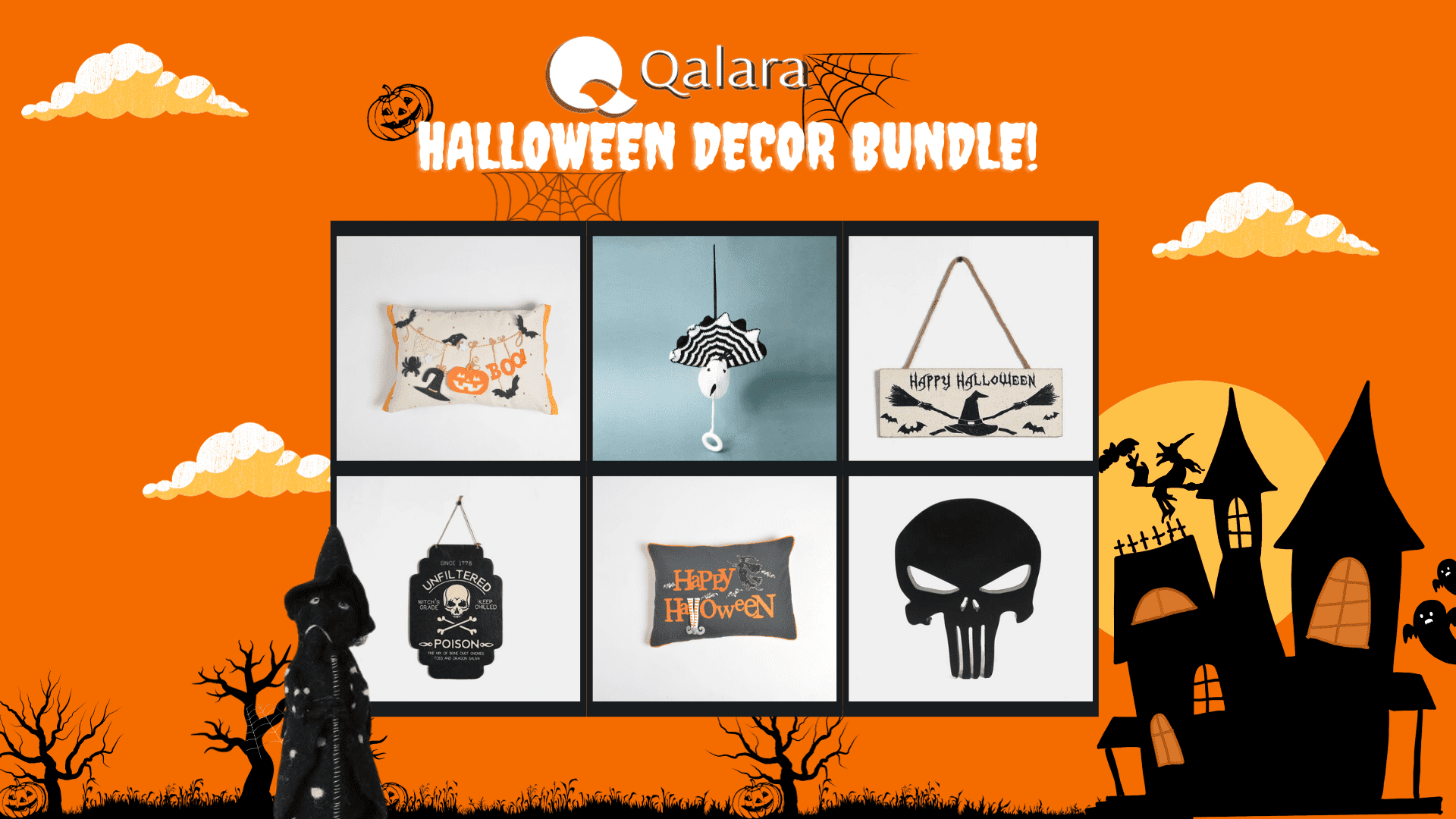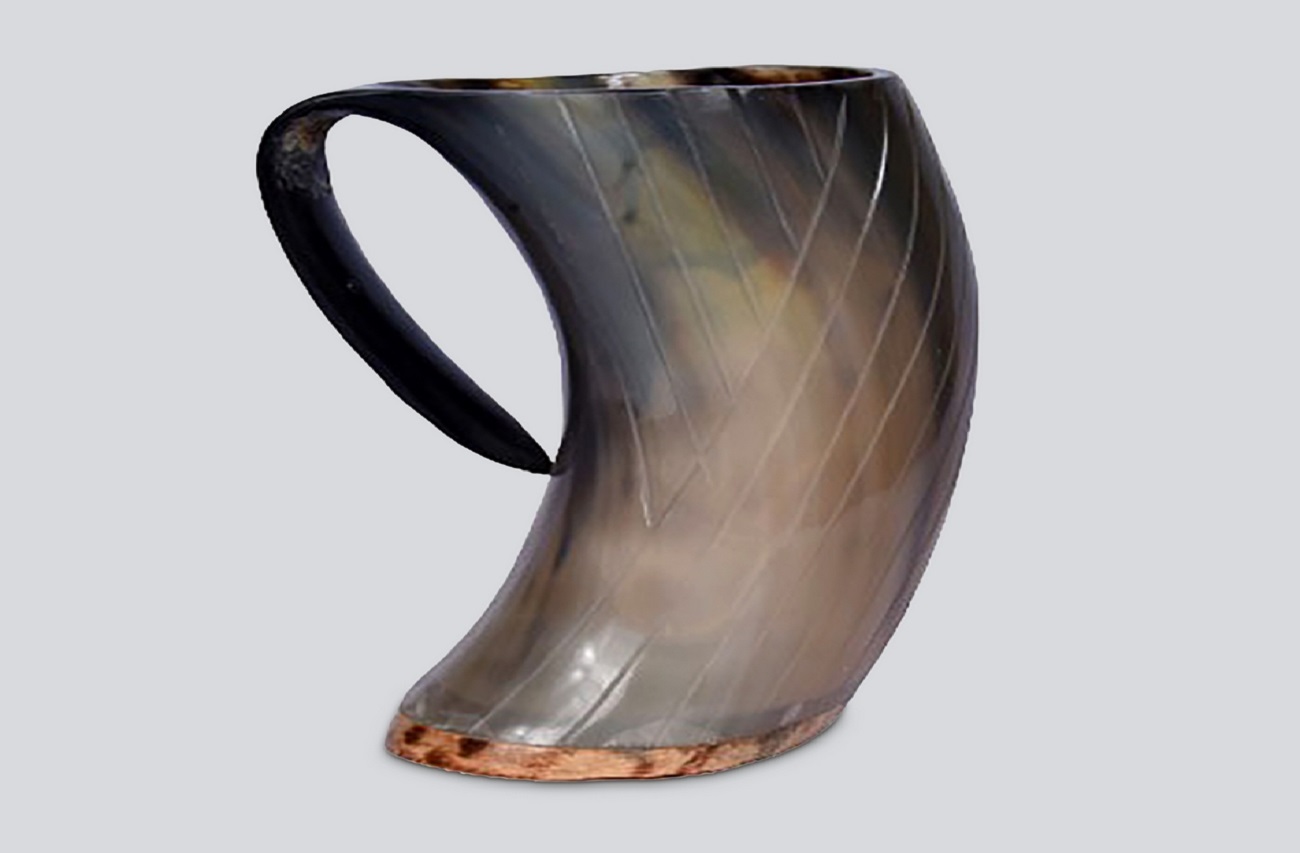
Boosting retail success through smart kitting
n the vibrant realm of retail, innovation isn't just a buzzword; it's a lifeline! Businesses are constantly on the lookout for ways to stay competitive, trim costs, and engage customers effectively. One such strategy that has been making a splash in the retail world is ‘Kitting.’ This concept has been revolutionizing the way retailers approach inventory management, marketing, and customer engagement.
In this in-depth exploration, let us roll up our sleeves and dive into the art of kitting, where creativity meets commerce to reshape the retail horizon.
• Unpacking the power of kitting
Before we get into the details, let us unwrap the concept of kitting itself. At its core, kitting is a strategic practice in the retail and manufacturing industries that involves bundling complementary products or items together into one cohesive package. This bundling approach aims to simplify the purchasing process for customers.
Kitting serves various purposes, including streamlining inventory management, reinforcing brand identity, efficient use of warehouse space, faster shipping, reduced operational/shipping costs, and enhanced customer engagement. By carefully selecting and packaging products together, businesses can create unique and memorable shopping experiences, increase sales, and effectively compete in today’s dynamic retail landscape. Whether it is grouping fashion accessories, stationery items, or home furnishings, kitting has become a versatile tool for retailers to optimize logistics and deliver added value to their customers.
There are several ways to approach the strategy of kitting. Bundles are present in a variety of options, including:
1. Pure product bundling: This strategy involves bundling together related products that are typically used together, offering them as a single package to simplify the buying process for customers
2. Mixed product bundling: In this approach, diverse products from various categories are combined into a single package, providing customers with a wider range of options in one purchase
3. Cross-sell bundling: Cross-sell bundles pair a primary product with complementary items, encouraging customers to explore additional offerings that enhance their purchase
4. ‘Buy One, Get One’ bundling: Commonly known as BOGO, this strategy offers customers a second item for free or at a reduced price when they purchase the first, enticing them with added value
5. ‘People also like’ product bundling: Leveraging customer behavior and preferences on online retail stores, this approach bundles products based on what other shoppers with similar interests have purchased or liked, helping customers discover new items
6. ‘Complete the look’ bundling: This strategy curates bundles that include a main product along with accessories or complementary items to create a full and stylish ensemble, encouraging customers to make a comprehensive purchase
By carefully selecting the right kitting strategy, retailers can forge stronger connections with their customers, boost sales, and stand out in today’s competitive marketplace.
1. Cost-effective strategies with kitting
• Inventory management and operational efficiency
One of the primary benefits of kitting is its ability to streamline inventory management. Retailers have long grappled with the complexities of stock control, but kitting simplifies the process. By grouping related products together, businesses can more effectively manage their inventory levels and avoid overstocking or understocking.
Take, for example, Amazon retailers. They utilize kitting to package complementary products like candles and candleholders into attractive bundles. This not only reduces the number of individual items that need to be tracked but also enhances the ease of order fulfillment.
• Cost reduction through packaging and shipping efficiency
Another compelling aspect of kitting is its potential for significant cost reduction. Packaging and shipping expenses can quickly eat into a retailer’s budget. However, by packaging multiple items together, retailers can reduce the material and labor costs associated with packaging. Moreover, it often allows for more compact and efficient shipping, translating to lower shipping costs.
This approach is notably embraced by retail giants like IKEA. They excel not only in selling furniture but also in kitting various components together in flat-pack bundles. This not only reduces packaging materials but also makes assembly easier for customers.
Another great example is H&M.

Consider this scenario: the fast-fashion titan, H&M, ingeniously combines three of its staple t-shirts into a mixed bundle. To put things into perspective, these t-shirts, if sold individually, retail for USD 13.99, while the bundle retails at USD 28.80. It might appear that they are trimming their already razor-thin profit margins with such a competitively priced bundle.
Yet, ponder on this: merging these two items into one package is not just a cost-saving maneuver for H&M; it is a strategic move. By doing so, they cut down on shipping expenses while simultaneously lightening the load from their already bustling warehouses. In reality, this clever “savings” on bundling probably costs H&M very little, or perhaps even tips the scales in their favor, making it a shrewd move rather than a financial gamble.
2. Kitting as a marketing tool: crafting memorable experiences
• Strengthening brand identity
Kitting isn’t just about optimizing logistics; it is also a powerful tool for marketing. Retailers have discovered that the way products are packaged and presented can significantly impact customer perception. Kitting enables businesses to create unique and memorable customer experiences.
Consider MadeWell, a retailer known for its artistic approach. By displaying a complete look, they offer to sell add-ons that may have otherwise been missed by customers. They utilize kitting to pair several clothing items and accessories, enhancing the overall aesthetic and brand image. By doing so, they reinforce their identity as a provider of curated and artistic fashion, as well as a one-stop shop!
• Turning customers into brand advocates
Kitting can go beyond mere branding; it can turn customers into brand advocates. When customers receive thoughtfully curated bundles that enhance their shopping experience, they are more likely to share their delight with others. Word-of-mouth marketing is one of the most potent forms of advertising, and kitting can trigger this effect.
For example, take a home furnishing retailer who has mastered the art of kitting by bundling matching bedding sets with decorative pillows and throws. This not only simplifies the buying process but also encourages customers to visualize their ideal bedroom setup, turning satisfied customers into brand promoters.
3. Festive season flourish: the art of themed bundling
• Enhancing customer engagement
As the festive season rolls in, kitting takes on an even more vital role. Themes and holidays offer unique opportunities for retailers to engage customers through creative bundling. Christmas, Halloween, Thanksgiving – the list goes on. Themed kitting enhances the overall shopping experience by providing customers with curated selections that align with the spirit of the season.

Imagine walking into a store during Halloween and finding a bundle with everything needed for a spooky-themed dinner party: tableware, candles, and decorations. Retailers like Williams-Sonoma have effectively capitalized on this approach, providing customers with all they need to create memorable holiday experiences.

• Driving sales through themed bundles
Themed kitting is not just about engagement; it is about boosting sales. When retailers offer bundles that cater to specific occasions, topicality, or holidays, customers are more likely to make additional purchases. It simplifies shopping by presenting all the necessary items in one package.
For instance, during Christmas, Best Buy often bundles gaming consoles with popular game titles and accessories, making it a convenient one-stop shop for gift-givers. This strategy not only boosts sales but also saves customers time and effort.
4. Bundling themes: weaving stories for shoppers
• Understanding customer preferences
Successful kitting isn’t just about combining items; it is about understanding and aligning with customer preferences. Retailers must grasp their target audiences’ values and tailor their bundles accordingly.
• Creative bundling themes
Creativity knows no bounds when it comes to bundling themes. Some retailers have taken this to the next level. For example, during the back-to-school season, Staples bundled school supplies with discounted laptops, helping students and parents efficiently prepare for the academic year.
Kitting's transformative impact
In the ever-evolving retail landscape, kitting stands as a powerful strategy that can enhance efficiency, boost sales, and create unforgettable customer experiences. As we have explored, it is not just about grouping products; it is about crafting stories, reinforcing brand identity, and meeting customer needs.
As a retailer, whether large or small, it is worth exploring how kitting can be integrated into your business strategy. By doing so, you can unlock a world of opportunities, streamline operations, and create loyal customers who not only return for more but also become your brand’s most ardent advocates.
Start by evaluating your product offerings and customer base. Identify opportunities where bundling can enhance customer experience and your bottom line. Remember, kitting isn’t just a retail strategy; it is a storytelling opportunity waiting to be told. So, go ahead, start kitting, and craft retail success, one bundle at a time.
~ Written by Utkarsha Rai







Leave a Reply